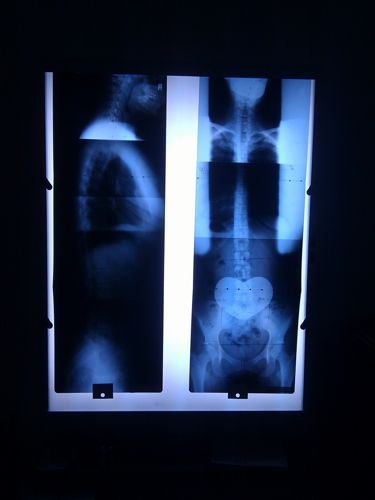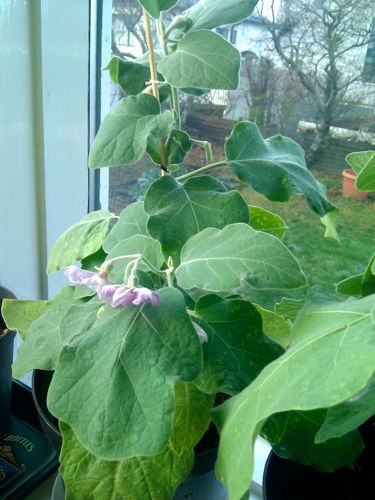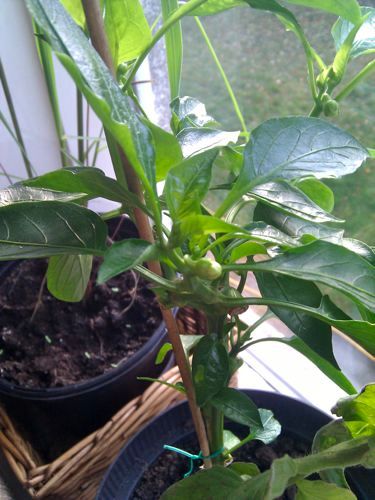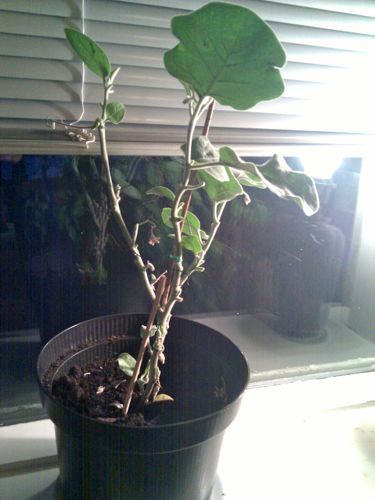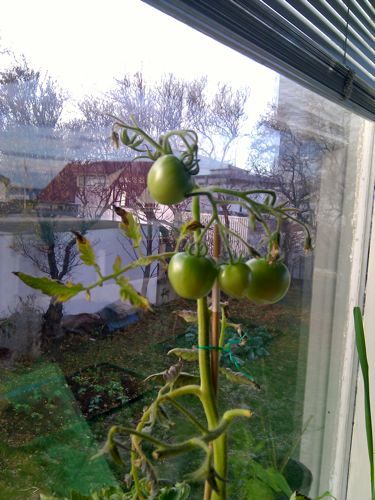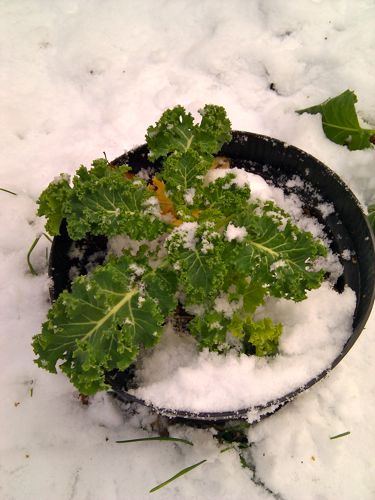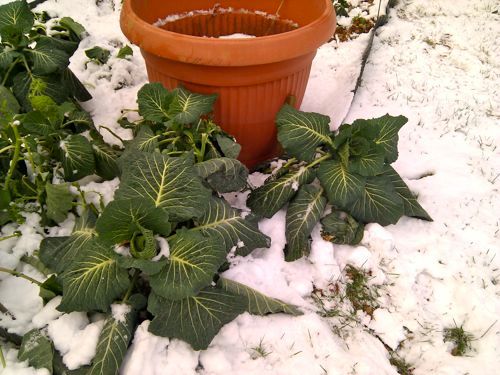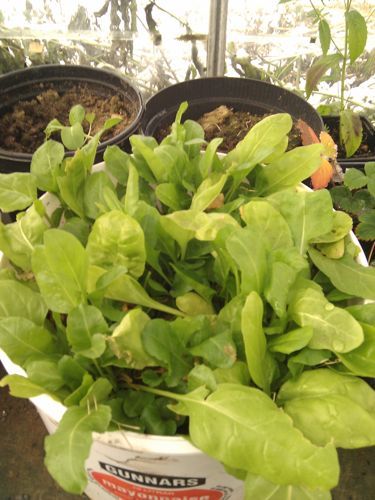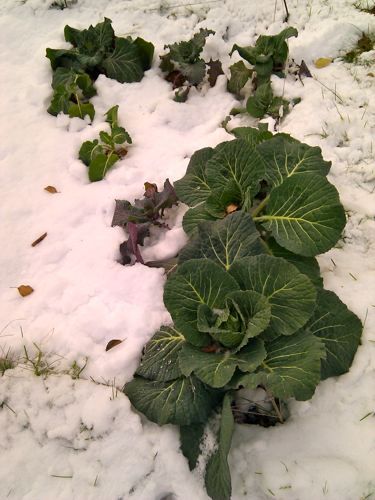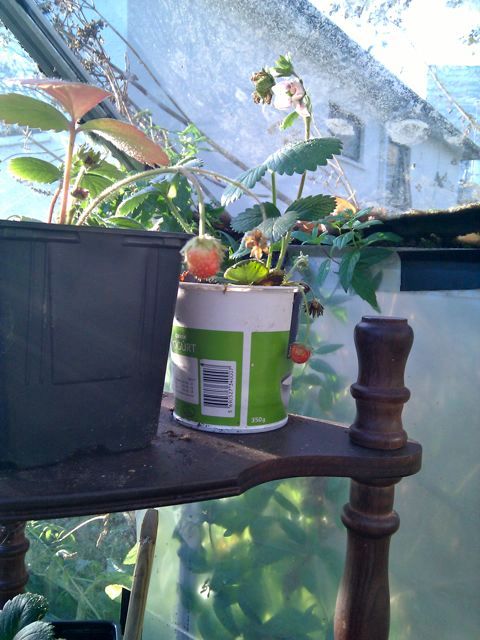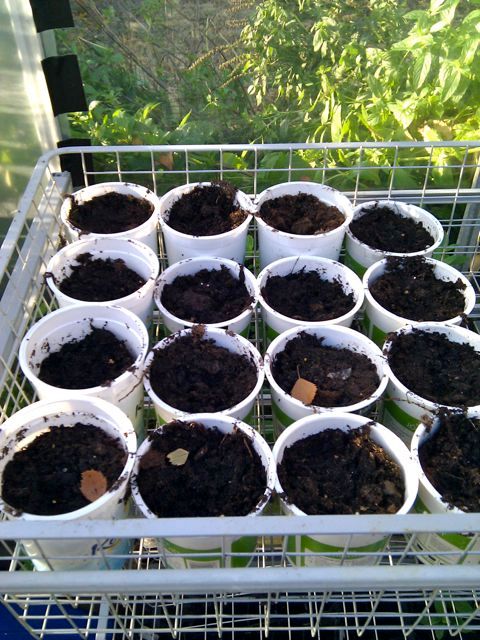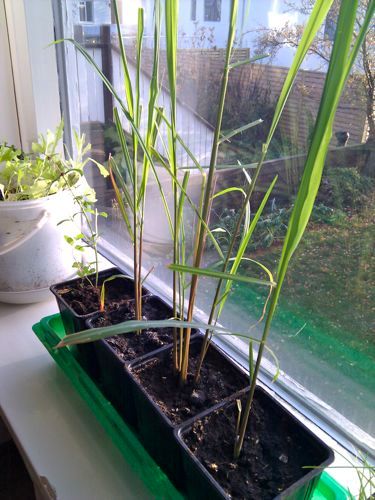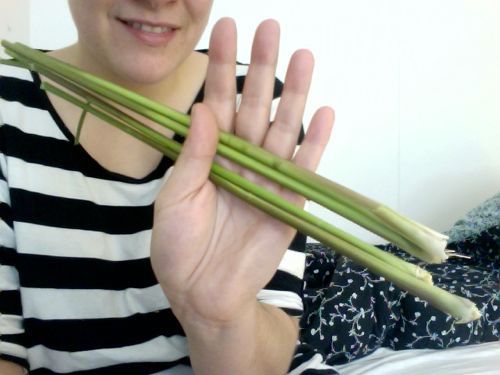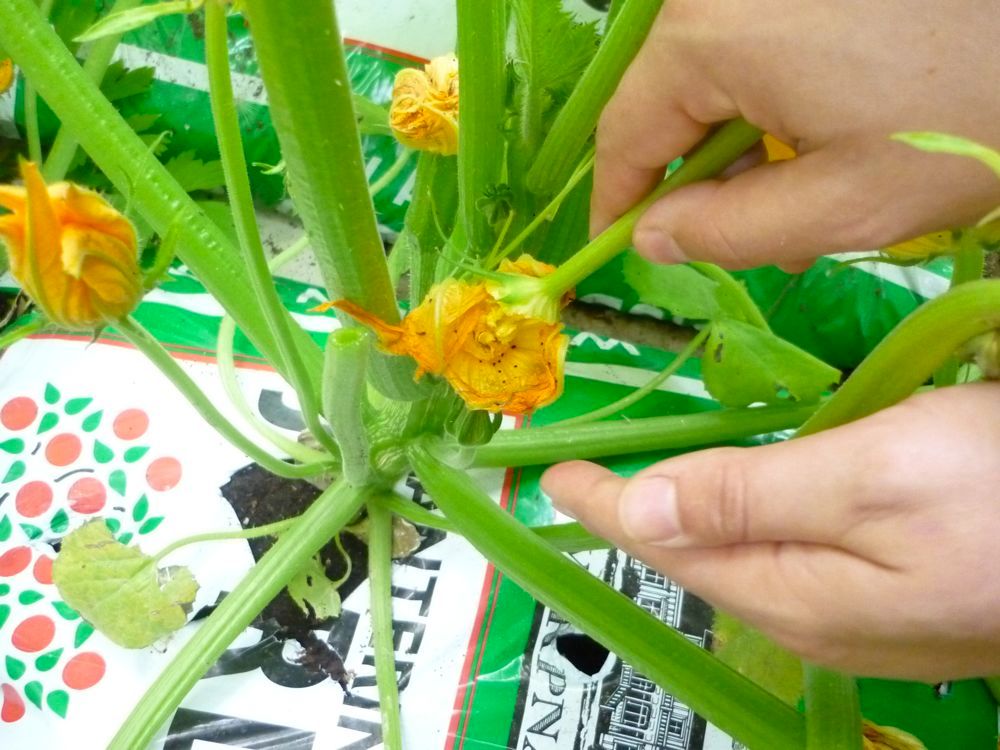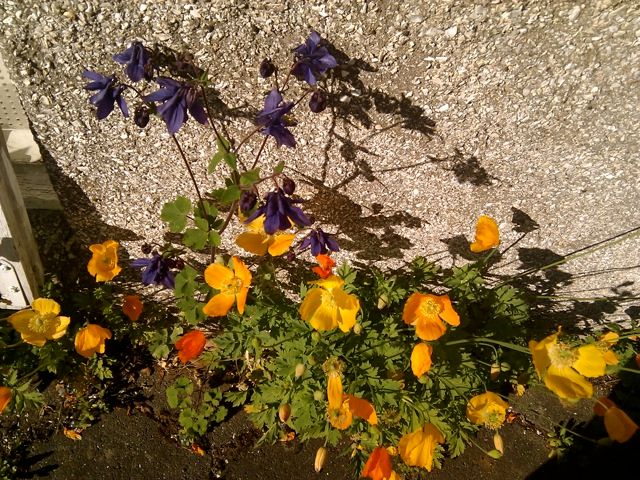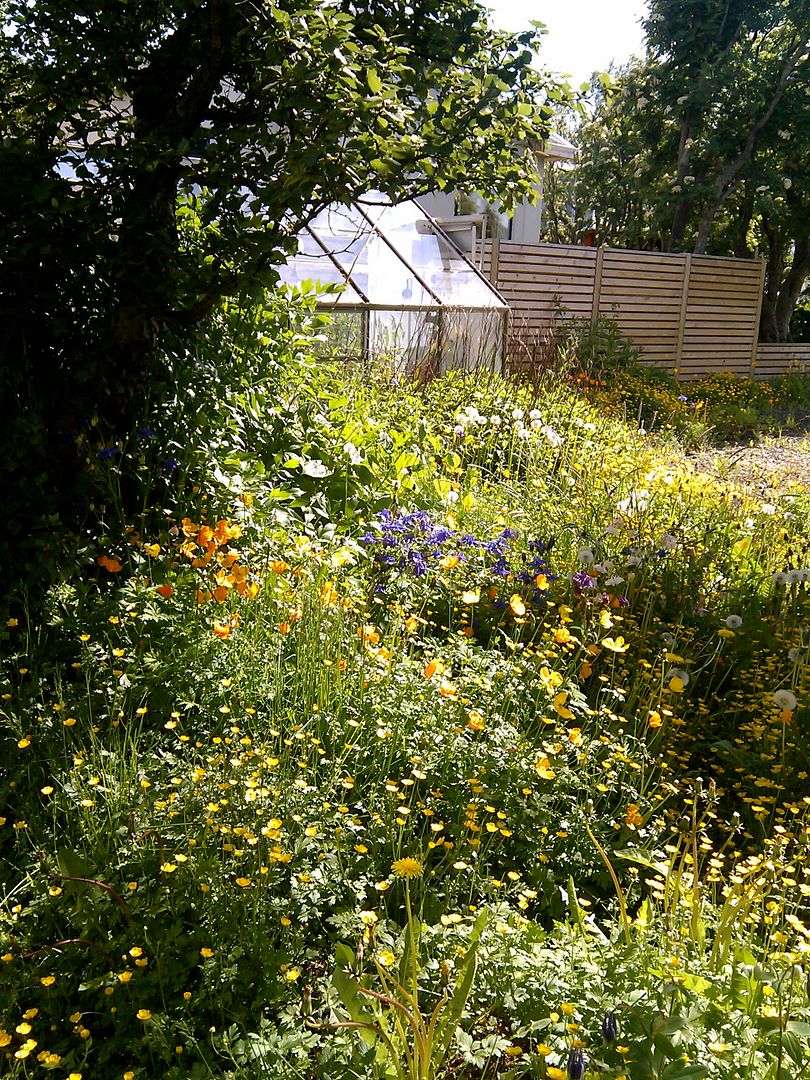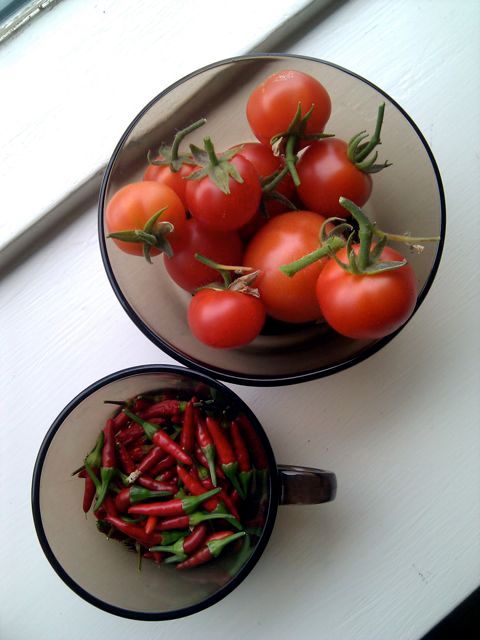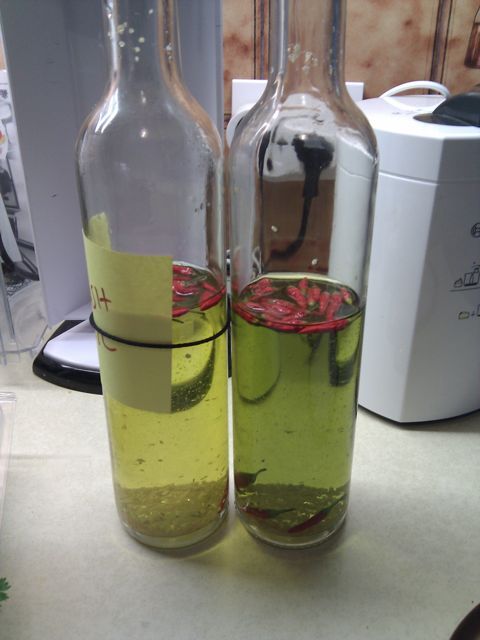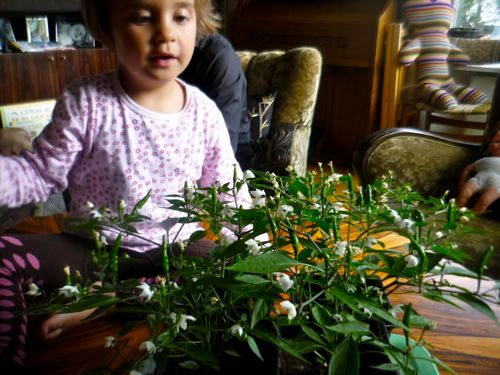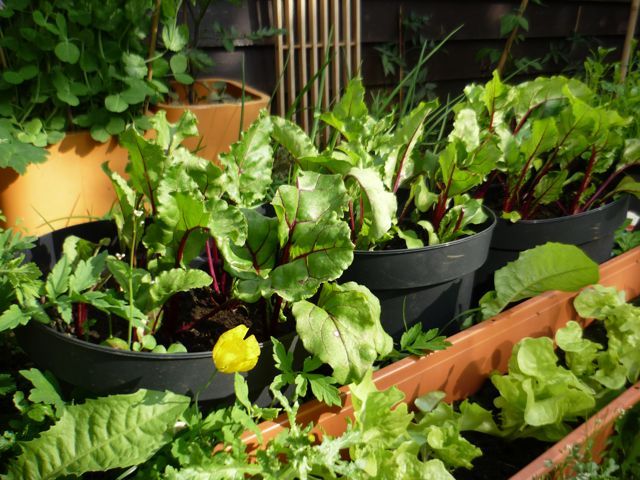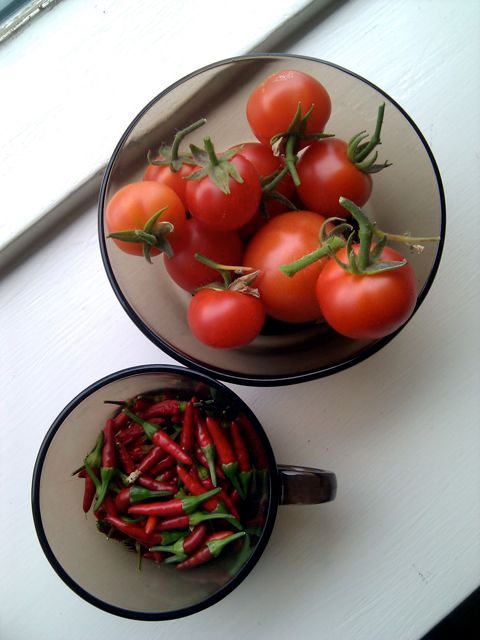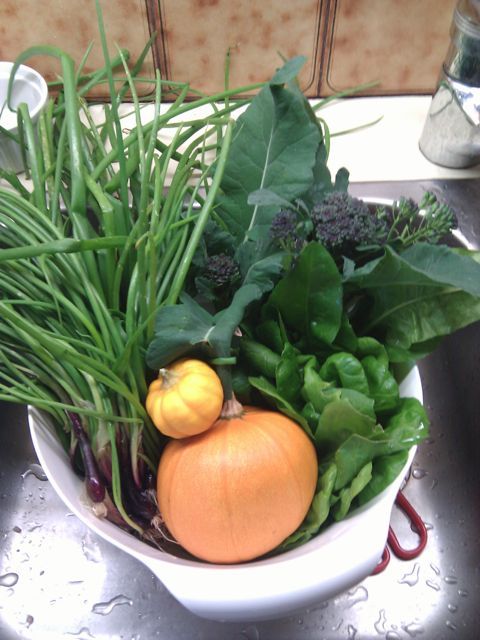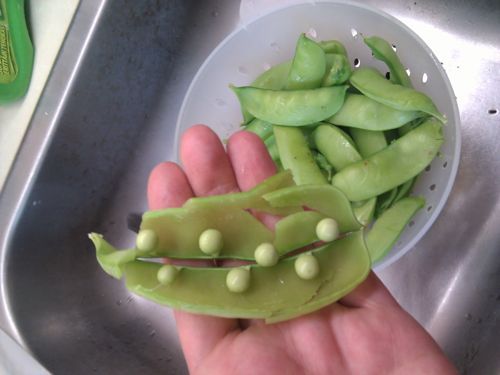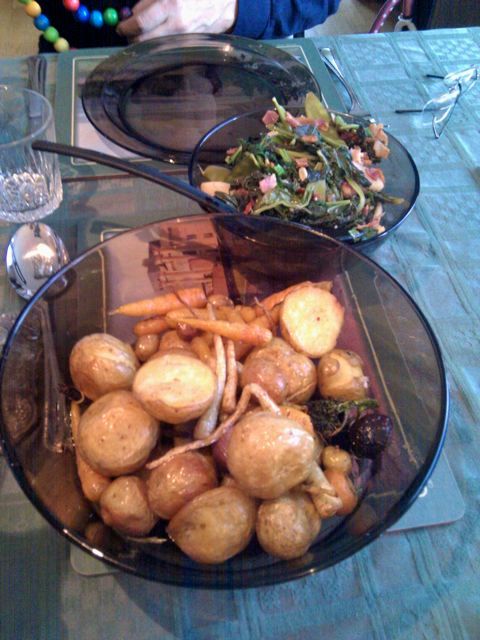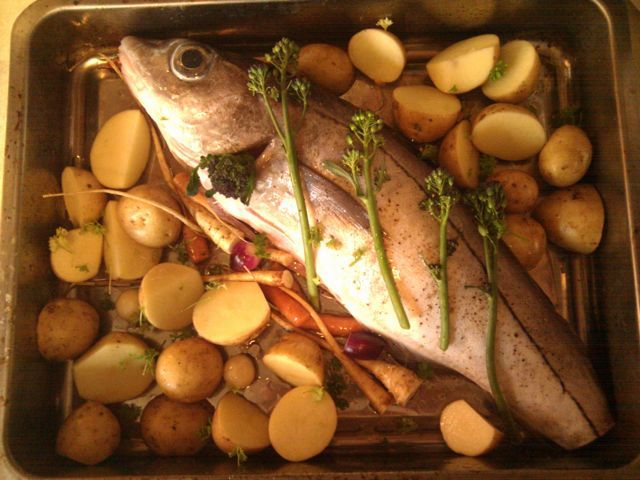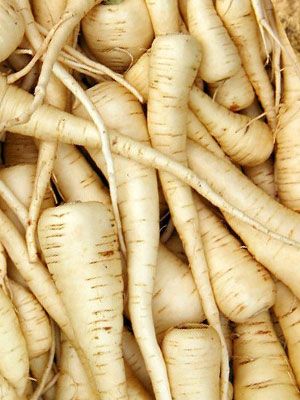The ultimate in recycling. You actually eat what you throw. Sort of.
Composting is taking very seriously by the English. Some of my first memories involve toddling with my Grandfather to his compost heap and watching him turn this mass of weird smelling stuff and wondering why he was so precious about it.
Now I am hungry for masses and masses of my own compost. Buying bags of mold is a pricey business and I fill a lot of pots. Luckily my rather friendly neighbours offered a generous amount of their 2 metre high pile for this season. But after 8 wheelbarrows of the stuff I still needed more and felt there was a limit on decency.
Now I have several different piles all over my garden rotting away - some mixed with the year before's waste. I put as much of my vegetable waste in as possible but tend not to include the fruit stuff as a) the worms aren't keen on citrus and I am citrus heavy and b) during the few days the stuff stays in its bucket in the kitchen it spreads banana flies which Iceland's supermarkets seem to be ideal at spreading. I have no idea why this is but no matter where I buy fruit from there are always fruit flies in my house if I leave anything lying around for more than a few days. Yuck.
Anyway, good compost. What does this consist of then? Well I have read various guides and even some specific measurements but basically from what i can tell and have experienced about half green stuff to brown stuff does the trick.
Green stuff is mostly garden waste of cut grass, kitchen waste and weeds which are not perennial or containing seeds - my general rule is if its a git to get out of your garden, do not compost it!
Other 'green' things which are great for the compost are manure - horse manure being the most likely in this country. Tea and coffee is excellent for the compost heap.
And the one less likely to be delivered by us lady gardeners - pee. Yes, urine is a great catalyst.
Brown stuff includes paper (best ripped up), cardboard - old loo rolls are perfect, twigs, old plants and their roots, hedge clippings etc.
Things you dont compost are: Dairy and meat products. Pet poo such as dogs and cats as the risk of disease if high. Plastics. Nappies.
Where do you put all this?There are many proper compost bins available from places like Byko and Blómaval etc but you can easily make your own compost bin or do like I have and simply make piles.
This method takes a bit longer for the compost to decompose properly but I don't want to spend the money on a bin I will blatantly overfill anyway.
You need to turn the stuff a few times, or even better - once a month, but here in Iceland when the stuff's frozen in winter there's little point in turning, or attempting to turn it as the decomposition is on pause then anyway.
The further away from freezing you can get it, the better. In the UK old carpet is a popular cover but seeing how Icelanders don't really use carpet much Its easier to use some old thick blanket which is on its way to the bin anyway.
Alternatively you can cover the whole thing in thick cardboard and keep bricks on top to prevent the wind taking it off.
Admittedly this is not a pretty thing, so if you're bothered by that, invest in buying or building your own compost bin or structure. I would most definitely be looking to erect a fence of sorts around my compost area if I owned my property.
The next most valuable material you can make yourself is
Leaf mold. In the UK, this is always referred to as valuable. Its incredibly good for your soil and you need a lot of leaves to make not so much of the stuff. But here, in Iceland, with the general lack of trees - its like gold dust.
I will be marching around my neighbourhood with a wheelbarrow offering to clear some driveways in return for keeping the leaves.
Its very easy to make. Take big plastic bin bags and fill them with leaves. Pour about 2 cups of water in with them, shake it well. pop a few holes in the bottom and leave them somewhere out of the way to rot. You can use this the next year to use as
mulch or rot for 2 years to use as a very good soil conditioner.
Waste not want not as my grandmother always says.

